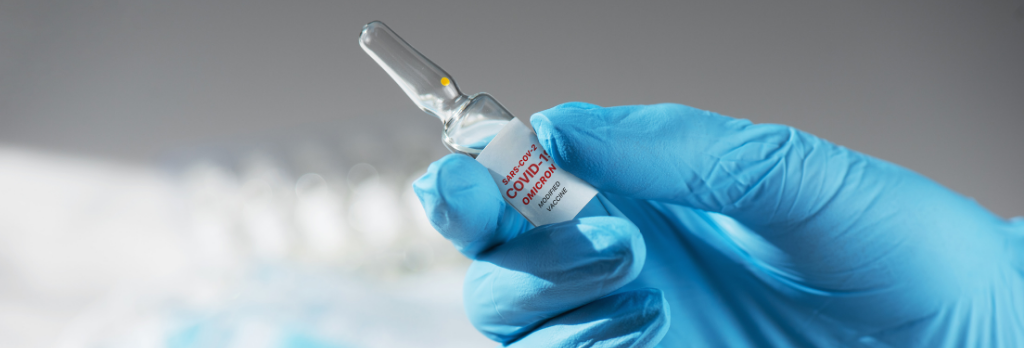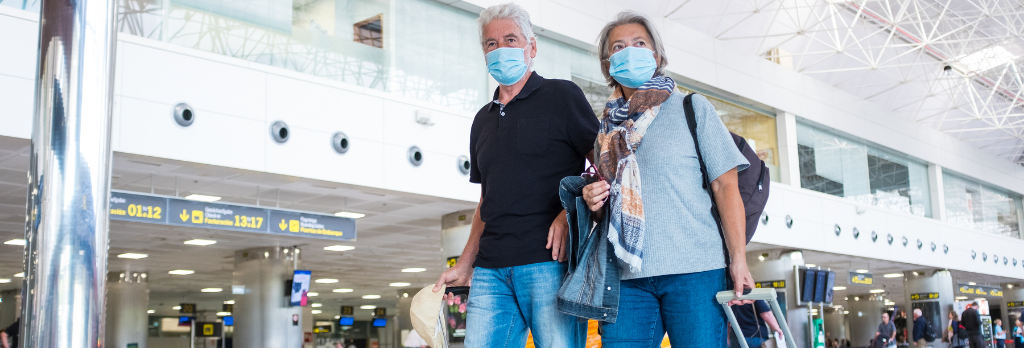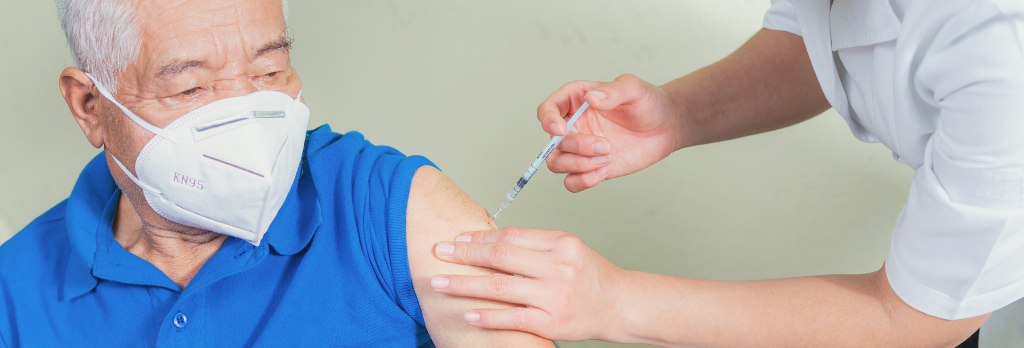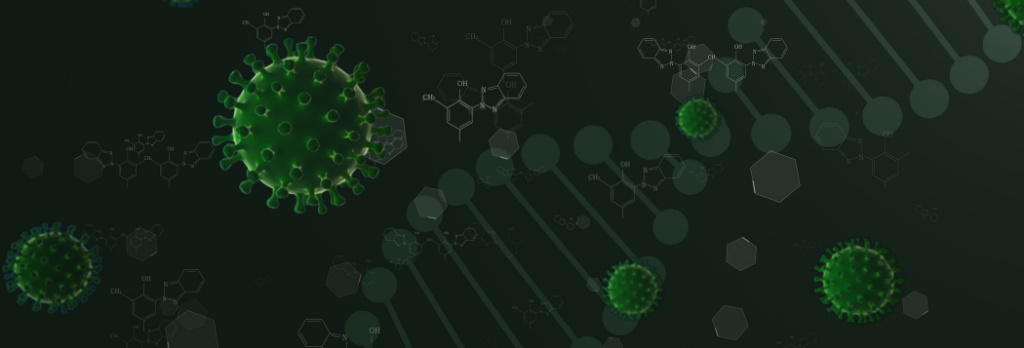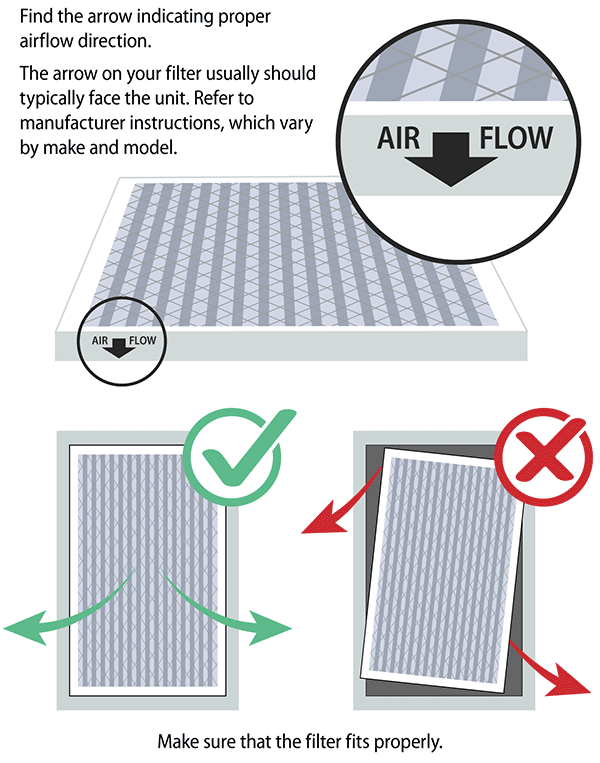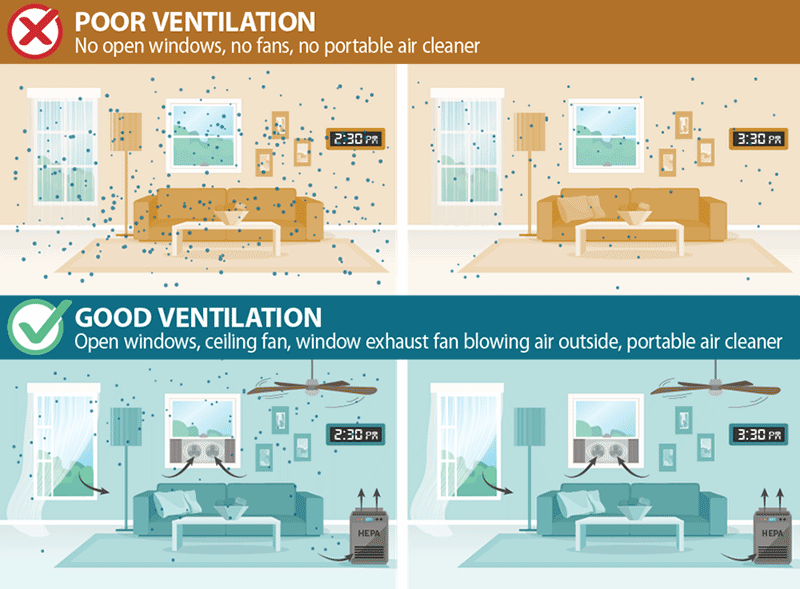Potential Rapid Increase of Omicron Variant Infections in the United States
December 30, 2021The Centers for Disease Control and Prevention (CDC) has identified the potential for a rapid increase in infections of the new variant of SARS-CoV-2, the Omicron variant, in the United States. Plausible scenarios include steep epidemic trajectories that would require expedient public health action to prevent severe impacts on the health of individuals and the healthcare system. The CDC Center for Forecasting and Outbreak Analysis developed this finding as a synthesis of scenario models conducted by U.S. government, academic, and international partners. The models assess the range of plausible scenarios for the epidemic trajectory based on what is currently known about the Omicron variant. Recent case data of the Omicron variant from South Africa, Botswana, the United Kingdom, and elsewhere are consistent with the faster scenarios that were modeled.
Findings
Infections with the recently identified Omicron variant of SARS-CoV-2, the virus that causes COVID-19, are exponentially increasing in multiple countries. Increases in infections are most likely due to a combination of two factors: increased transmissibility and the ability of the variant to evade immunity conferred by past infection or vaccination (i.e., immune evasion). Though the precise contribution of each of the two factors remains unknown, a substantial degree of immune evasion is likely as has been demonstrated in early vitro studies.
CDC has collaborated with partners to model scenarios of the epidemic trajectory in the U.S. that simultaneously consider transmissibility and immune evasion. Results from scenario analysis indicate that current increases in Omicron cases are likely to lead to a national surge in the coming weeks with peak daily numbers of new infections that could exceed previous peaks; these scenarios may be realized as soon as January. In scenarios with lower immune evasion, a surge is still likely, but the peak could be lower and begin as late as April 2022. Projected large surges in cases indicate surges of hospital demand even if the severity is reduced, because of the large number of anticipated cases occurring in a short period of time.
Background
Since its identification in November 2021, the Omicron variant has been reported in South Africa, Botswana, and numerous countries where it is driving rapid epidemic growth. In the U.S., the variant has been found in the majority U.S. states. The Omicron variant is increasing in the percent of circulating SARS-CoV-2 viruses in the United States. S-gene Target Failure (STGF) is a market for identifying Omicron cases. Preliminary analysis of SGTF data from testing completed through a national chain of pharmacies also observes regional increases in this proxy measure of the Omicron variant. Modeling of both genomic surveillance and SGTF data predict that Omicron will become the most common variant nationally by December 25, 2021, with some regions exceeding this threshold earlier. Furthermore, multiple large clusters of Omicron variant cases have demonstrated the rapid spread of the virus. Upcoming holiday gatherings may further accelerate these trends.
The rapid growth rate in Omicron infections is believed to result from a combination of increased transmissibility and the ability to evade immunity conferred by past infection or vaccination (i.e., immune evasion). Data from laboratory experiments and epidemiologic investigations suggest a greater role for immune evasion than increased transmissibility; immunity conferred by prior infection or vaccination is likely to be reduced compared with Delta, but not completely overcome. Data also shows that vaccinated people who either receive a booster dose or who were also previously infected are likely to have stronger protection against Omicron.
The clinical severity profile of Omicron infection will strongly influence its impact on future U.S. hospitalizations and deaths. At present, early data suggest Omicron infection might be less severe than infection with prior variants; however, reliable data on clinical severity remains limited. Even if the proportion of infections associated with severe outcomes is lower than with previous variants, given the likely increase in number of infections, the absolute numbers of people with severe outcomes could be substantial. In addition, demand for ambulatory care, supportive care for treatment of mild cases, and infection control requirements, quarantining/isolation of exposed/infected workforce could also stress the healthcare system. These stresses likely will be in addition to the ongoing Delta variant infections and rising burden of illness caused by other respiratory pathogens, such as influenza, which have begun circulating at greater frequencies.
Analytic Approach
The modeled scenarios of the epidemic trajectory in the U.S. consider varying degrees of transmissibility and immune evasion: high transmissibility and low transmissibility together with high immune evasion and low immune evasion. Modeled scenarios with faster relative growth rates (of Omicron as compared to Delta) indicate that a large surge of infections could begin in the U.S. in early January 2022 and that the peak daily number of new infections could exceed previous peaks. With low immune evasion, the surge could be lower and occur as late as April 2022. Multiple modeling groups in the United States, as well as those from other countries’ public health agencies, have identified similar trends.
Recent case data of the Omicron variant from the United Kingdom and elsewhere are consistent with the faster growth scenarios which increase the plausibility of faster growth scenarios.
| Scenario* | Inherent transmissibility relative to Delta | Immune escape relative to all prior strains |
| Faster growth (Higher transmission**. Mid escape) | 1.5x | 43% |
| Slower growth (Higher transmission. Low escape) | 1.5x | 10% |
| Faster growth (Unchanged transmission. High escape) | 1.0x | 85% |
| Slower growth (Lower transmission. Mid escape) | 0.8x | 50% |
*Parameters were chosen to span a range of apparent growth rate advantages for Omicron over Delta of ~2-3.5x in an environment where 75% of the population has immunity to infection due to vaccination or prior infection. **Relative to Delta
For more information, please visit https://www.cdc.gov/coronavirus/2019-ncov/science/forecasting/mathematical-modeling-outbreak.html.

